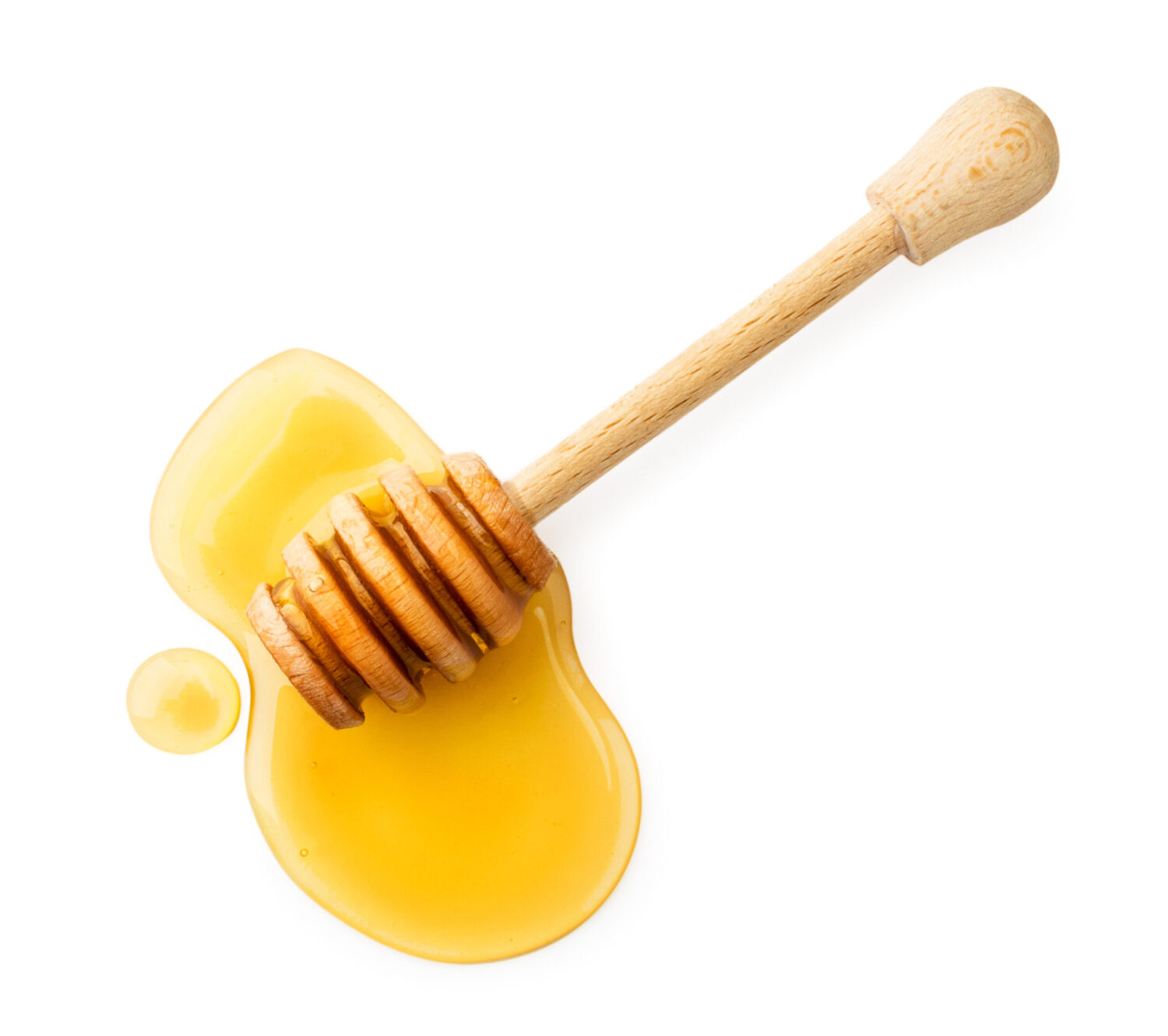Polyfloral Honey
Description of Honey Polyfloral
Honey Polyfloral is one of the oldest and best-loved sweetening agents for foods and, over the centuries, it has still retained a “natural” image.
Honey Polyfloral Making
Most honey is produced by two species of bee, namely Apis mellifera (the so-called honey bee).
– The Floral Honey
The raw material for the production of “floral” honey is nectar, a dilute solution of sugars found in the nectaries of flowering plants.
Extraction of our bulk Polyfloral Honey
Extraction of the honey from the combs at the end of the season involves breaking the wax seal and removing the honey by centrifugation. The honey is then strained and, in some cases, filtered and heated to eliminate yeasts that could cause spoilage. Once bottled, some products can be prone to hardening due to the crystallization of the sugars.
The “nuclei”
The presence of “nuclei” in the honey can be relevant but, as all-natural honeys contain pollen grains, the presence of particulate matter is inevitable unless it has been finely strained.
Consequently
Control of crystallization depends on keeping the glucose to water ratio in the region of 1.50-1.75, for it is this ratio that governs the extent and rate of the process. If this aspect can be controlled, then honey should remain a viscous, fluid material during ambient temperature storage.
Technical parameters
liquefied, homogenized, purified
Origin
Central and Eastern Europe
Packing
Our Bulk Polyfloral Honey is packed in Metal Drums of a 290 – 295kg net.
Polyfloral Honey
Description of Honey Polyfloral
Honey Polyfloral is one of the oldest and best-loved sweetening agents for foods and, over the centuries, it has still retained a “natural” image.
Honey Polyfloral Making
Most honey is produced by two species of bee, namely Apis mellifera (the so-called honey bee).
– The Floral Honey
The raw material for the production of “floral” honey is nectar, a dilute solution of sugars found in the nectaries of flowering plants.
Extraction of our bulk Polyfloral Honey
Extraction of the honey from the combs at the end of the season involves breaking the wax seal and removing the honey by centrifugation. The honey is then strained and, in some cases, filtered and heated to eliminate yeasts that could cause spoilage. Once bottled, some products can be prone to hardening due to the crystallization of the sugars.
The “nuclei”
The presence of “nuclei” in the honey can be relevant but, as all-natural honeys contain pollen grains, the presence of particulate matter is inevitable unless it has been finely strained.
Consequently
Control of crystallization depends on keeping the glucose to water ratio in the region of 1.50-1.75, for it is this ratio that governs the extent and rate of the process. If this aspect can be controlled, then honey should remain a viscous, fluid material during ambient temperature storage.
Technical parameters
liquefied, homogenized, purified
Origin
Central and Eastern Europe
Packing
Our Bulk Polyfloral Honey is packed in Metal Drums of a 290 – 295kg net.


